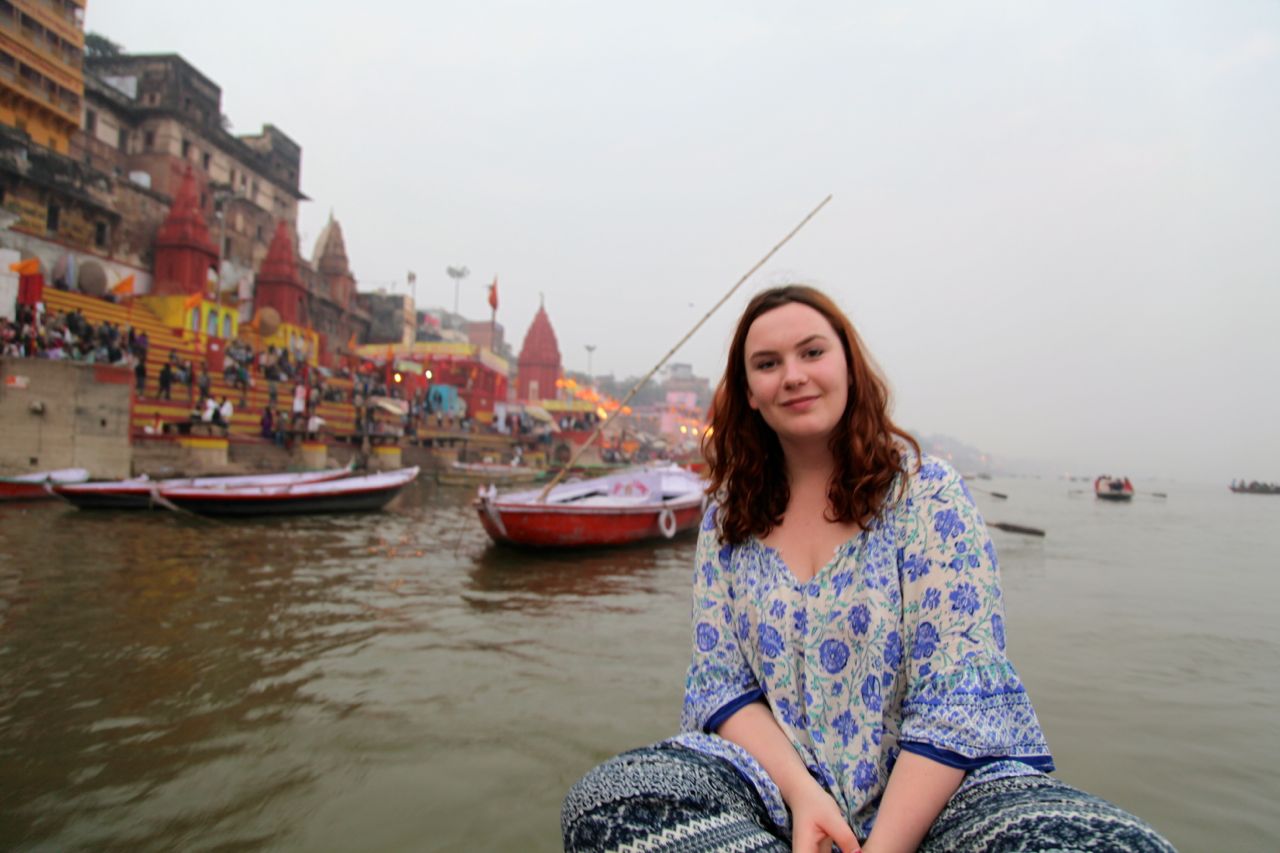Causality, the relationship between cause and effect.
Narrative is spacial, temporal and causative. It moves between spaces, through time and has cause and effect.
Databases are not narrative, but can be formed into narrative.
The story constitutes of the lines and what’s between the lines.
The plot is only the lines. What is visibly and audibly presented to us. Including nondiegetic material.
Cause and effect take place in time.
Temporal order is easy to follow and commonplace.
Temporal duration refers to the time span that the film covers. It could be one night (Prom Night) or a lifetime (Benjamin Button).
Screen duration is the length of the film. This influences how much can be shown, how much cause and effect can occur etc.
Temporal frequency is the amount of times that we see something in a film. This can be used to show the double meaning of a scene that at the time seemed trivial.
Space does not always need to be shown, it can be imagined. Like the scene in Pulp Fiction where Christopher Walkin recounts the story of the watch to the dead soldier’s son.
Over time the ending is different to the beginning. If you look at only the beginning state of the world examined and the end state of the world examined you can see what differences arise. The narrative of the film tells us how these changes happened. This could be an interesting way to study narratives and it would be interesting to apply this to other mediums, not just film.
Patterns of development are similarities in cause and effect within narrative. For example change in knowledge, or goal plot.
Experiential film challenges conventional ideas what the movie can do and how it can do it. Perhaps to present difficult ideas or to explore the possibilities of the medium itself. This cinema may follow really unusual narrative paths.
Abstract form, experimental film-
This concentrates more on the aesthetics rather than the story. Uses music as a recurring and changing motif.
“In a film, these abstract qualities [of ordinary objects] become interesting for their own sake.”
Rhythm of editing is as important as the rhythm of individual shots.
It’s all in the editing, how the data is arranged. User interface, narrative combined.
Associational form, experimental film-
A poetic series of transitions. Drawing connections that might not be logical or obvious. Aesthetic connections or conceptual and emotional connections?
“First, the filmmaker typically groups images together in larger sets, each of which creates a distinct, unified part of the film. Each group of images can then contrast with other groups of images… Second, as in other types of form, the film uses repeated motifs to reinforce associational connections. Third, associational form strongly invites interpretation, the assigning of general meanings to the film…. The filmmaker will not necessarily give us obvious cues to the appropriate expressive qualities or con cepts. He or she may simply create a series of unusual and striking combinations and leave it up to us to tease out their relations.”
Principles of variation and repetition are present.
“…the power of an associational formal system: its ability to guide our emotions and to arouse our thinking simply by juxtaposing different images and sounds.”
Animation
Each frame is carefully constructed and shot individually. Kind of like the longer shots in an abstract or associational film.
Documentaries
“Many, perhaps most, documentaries are organized as narratives”
Alternative forms are categorical form and rhetorical form.
Categorical form organizes knowledge to make sense of the world. Sometimes scientific, most commonly and in daily life ideological associations.
Patterns of development are generally simple and this risks boring the spectator.
It can’t depend too much on repetition, the challenge is for the filmmaker to introduce variations and adjust expectations. Also can add aesthetic variation to add interest.
Rhetorical form the filmmaker presents a persuasive and explicit argument. It addresses the viewer directly and asks them to believe or to act. The subject of the film may not be scientific truth but a matter of opinion. The viewer might accept is as true because the filmmaker makes a strong case for it. The filmmaker may appeal to our emotions if fact isn’t enough. Often the film tries to get the viewer to change an act in their daily life.
Arguments from source are fact based claims from reliable sources. Subject centered arguments are based on subject.

